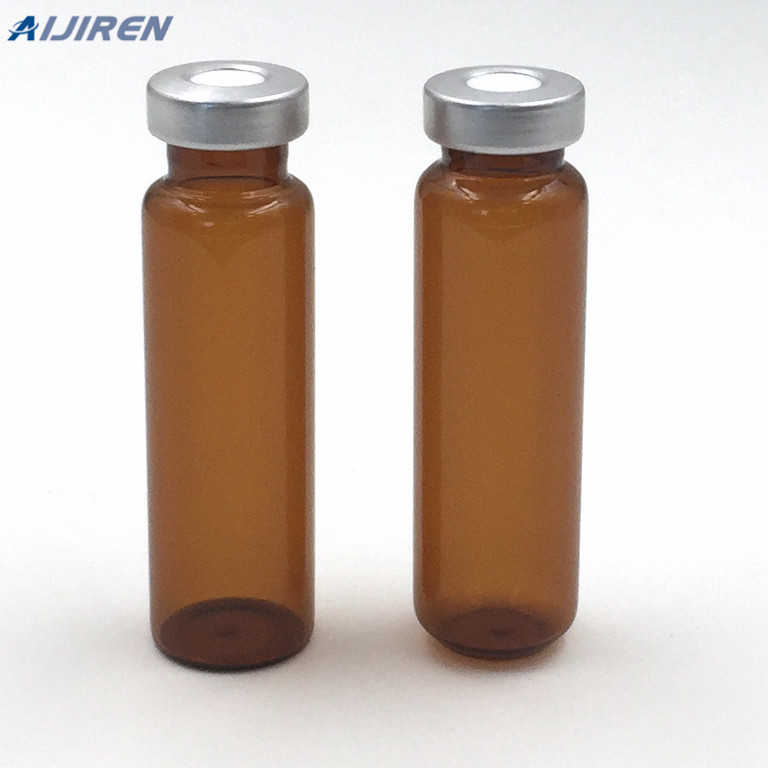
Oct 25, 2016 · Membrane filtration process is a physical separation method characterized by the ability to separate molecules of different sizes and characteristics. Its driving force is the difference in pressure between the two sides of a special membrane. Membrane technology enables you to bring down overall production costs, and boost product quality at
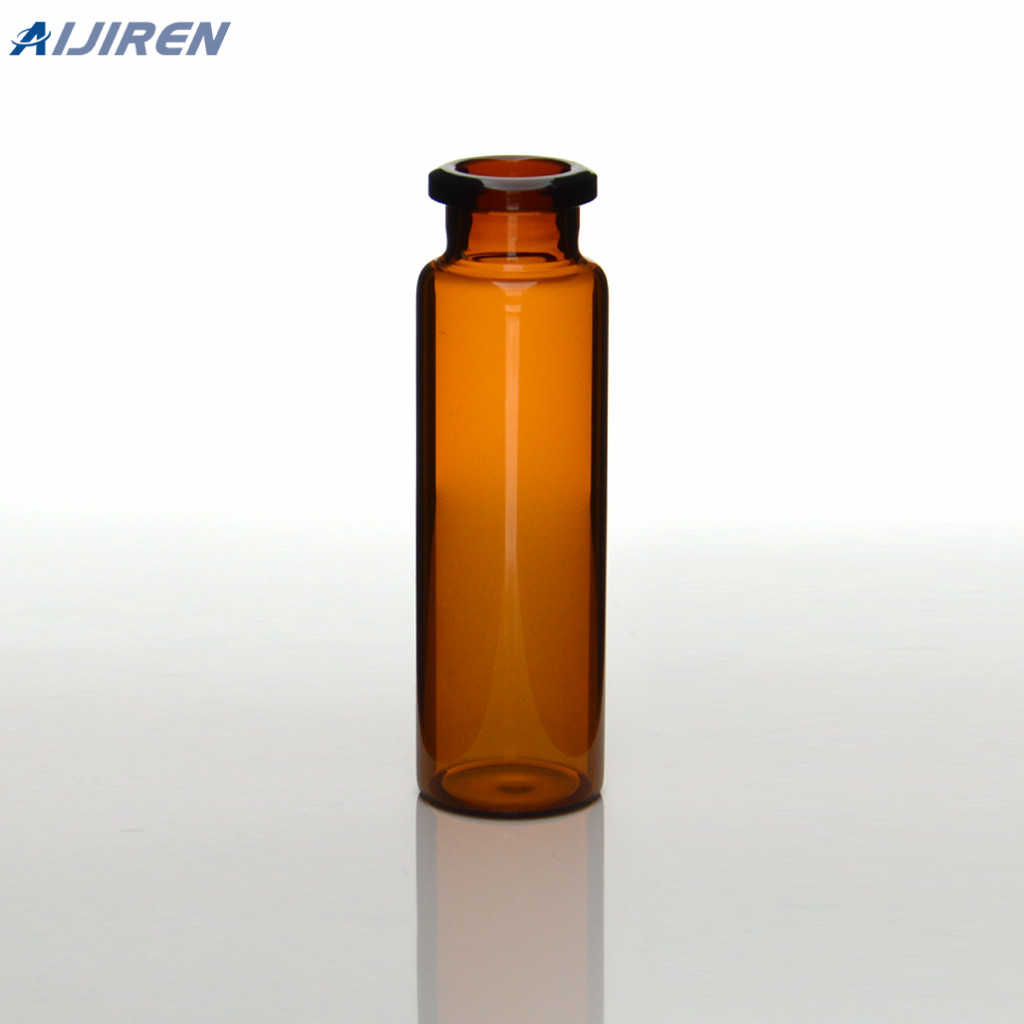
Membrane filters act as a barrier to separate contaminants from water, or they remove the particles contaminating the water. Reverse osmosis, ultrafiltration, and nanofiltration all use a membrane in their different filtration processes. Our Master Water Specialist, John Woodard, explains what a membrane filter is and how it works inside different water filtration systems.

This occurs if the parts of your RO membrane filter are loosely fitted. Locate the origin of the leakage. To solve this :- Simply drain the ports and saddle, fix the tubing, and tighten the fittings. Noisy Drain Or Faucet This is a very common problem users experience with RO membrane filters.

How to use a Membrane Filter. Tisch Scientific offers a large array of membrane filter materials, diameters and pore sizes. All of this information can be a bit overwhelming if you are new to your filtration application, or you are just unsure of what filter you should be using. First make sure you have chosen the appropriate membrane filter material, diameter and pore size.

Membrane filtration: For the membrane filtration of water, place a membrane filter over the carbon disk by using forcep sterilized under the flame. Then, flame the opening of the sample bottles and pour the test water sample, through the funnel. A vacumn system allows the complete separation of filtrate through the membrane filter.
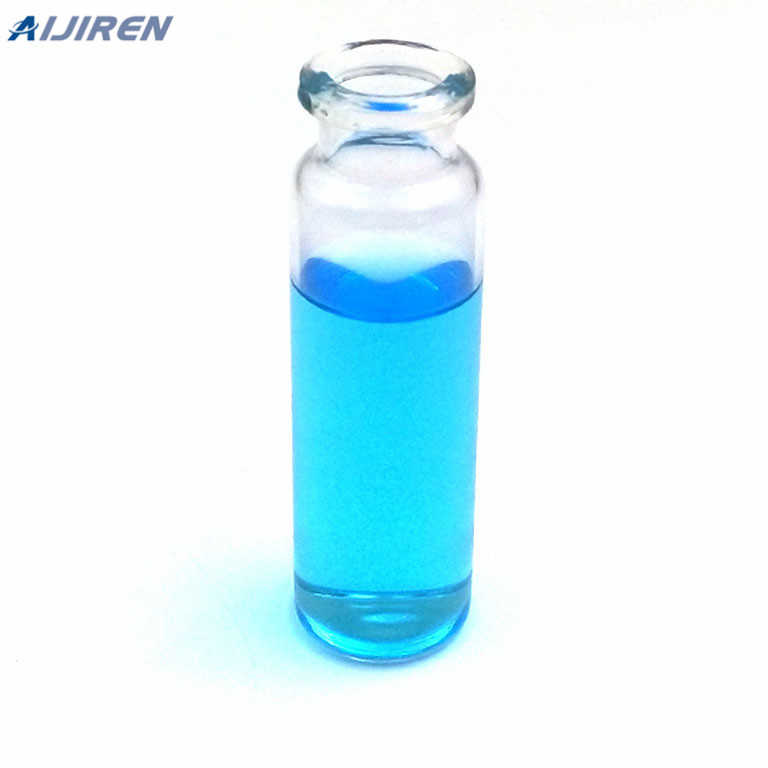
In one report published in 1993, 0.4-µm pore diameter PTFE filters were used to establish that factors secreted by microglial cells are neurotoxic to neurons, whereas factors secreted by astroglia are neuroprotective. 11 In another example of coculture, neural stem cells that overexpressed a gene for hexosaminidase were cultured on porous membranes (again with 0.4-µm pores) and shown to rescue the behavior of cocultured cells deficient in the gene, highlighting the possibility of
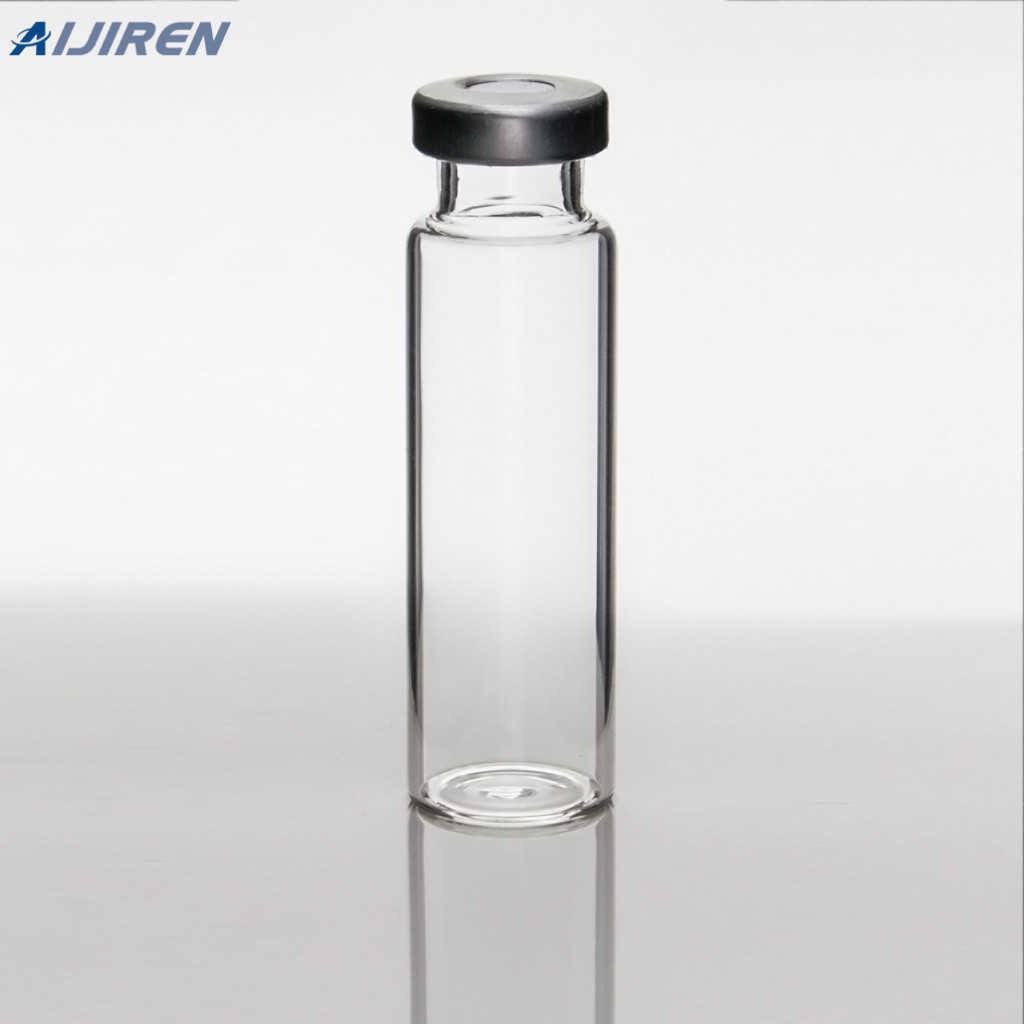
Aug 07, 2018 · Membrane-sample Compatibility. It’s easy to overlook membrane compatibility when picking out your filter or device for your sample filtration. Good membrane-sample compatibility supports efficient filtration and minimizes resistance, while poor compatibility might result in backpressure, ineffective filtration, or even chemical attack of your membrane, leading to contamination of your filtrate.

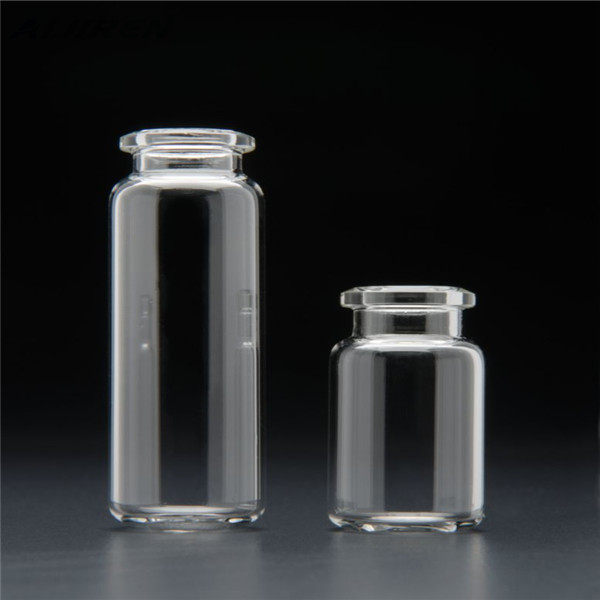
Hydrophobic PTFE. These filters are highly porous, thin, and they behave as absolute retentive membranes. They remain inert even with strong bases, strong acids, and solvents which are chemically aggressive. You can use these membrane filters for sterilizing gases, venting gas and air, or for clarifying and sterilizing strong acids or solvents
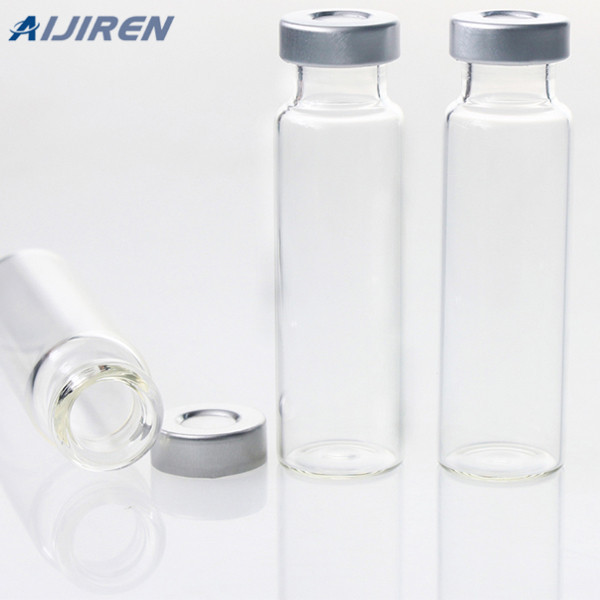
Apr 09, 2020 · Alkali washing solution: 0.1 ~ 0.5% NaOH solution. 3. box and mix thoroughly to control the pH and temperature. 4. Reduce the liquid level in the membrane tank to the lowest level, or drain the water in the membrane tank. 5.
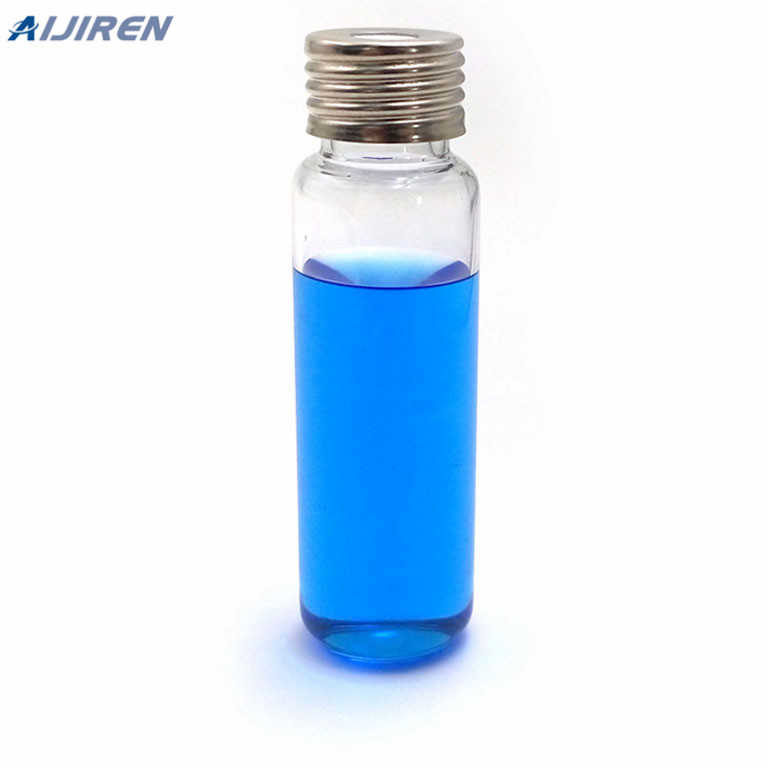
The pore size of a filter, stated in microns (aka micrometers or µm), is determined by the diameter of particles retained by the filter or by a bubble point test • Nominal ratings are the pore size at which a particle of defined size will be retained with an efficiency below 100% (typically 90-98%)

Dec 25, 2020 · Otherwise, the organic membrane is used to filter the sample with a syringe. First, draw the solution with a needle and pull out the needle. Replace the filter membrane, first put 2-3 drops in the waste liquid and then filter into the sample. How to use microporous membrane filter? 1. Selection of microporous membrane filter. According to the solvent to be filtered, select the microporous membrane of suitable material and specification to open the package in the clean area.
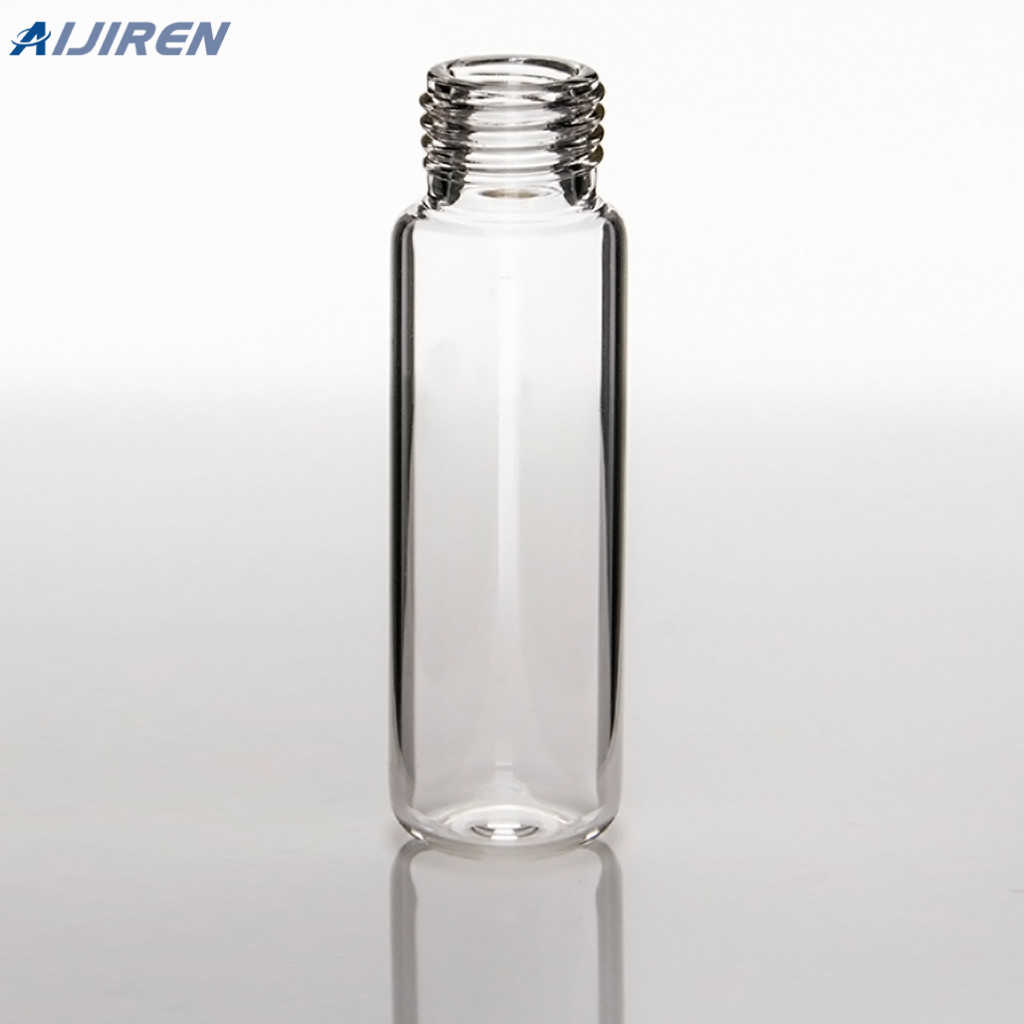
Membrane filtration (MF) is a pressure-driven separation process that employs a membrane for both mechanical and chemical sieving of particles and macromolecules (Benjamin and Lawler, 2013). From: Advances in Chemical Mechanical Planarization (CMP), 2016 View all Topics Download as PDF About this page